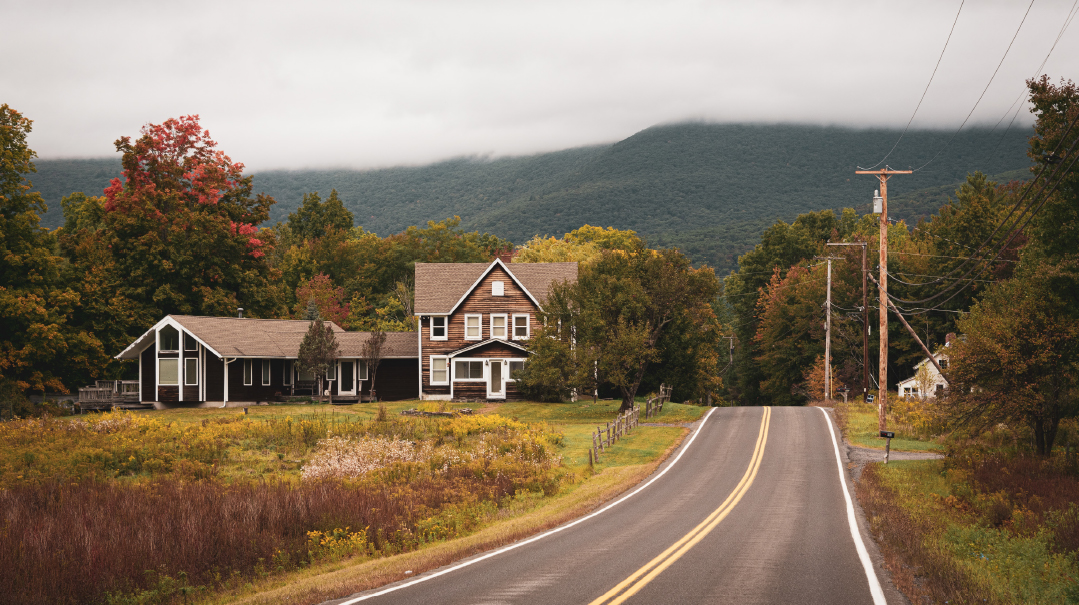All Year Long
| August 24, 2021When the summer crowds dwindle, and the packed vans head back downstate, who stays behind?

Photos: shlomysphotos
Orthodox shuls have existed in the Catskill region since the early 20th century, when these mountains in upstate New York were known as the Borscht Belt — the iconic vacation spot for city-dwelling Jews. Resorts such as Grossinger’s, Kutsher’s, and the Concord Hotel drew summer crowds and provided employment for the locals. The hotels slowly emptied as vacationers sought more exotic locales — the sale of Grossinger’s in the 1980s was the final blow — but the heimishe crowd continued to travel to the Catskills as a summer getaway. Bungalow colonies and frum camps sprung up, creating summer memories for generations.
But it’s not only a summertime region. Yeshivah Gedolah Zichron Moshe of South Fallsburg was founded back in 1969, and these days, the hundred or so families who reside in South Fallsburg year-round are affiliated with the yeshivah’s kollel or work in the schools. Nearby Kiamesha Lake has a year-round Vizhnitz community and a yeshivah at the site of the former Gibber’s Hotel (the Vizhnitzers call the entire community “Gibber’s”). And while towns like Monticello, Liberty, Woodbourne, Mountaindale, and Ellenville still have old-time small Jewish communities, more of the yeshivish/chassidic summer crowd is sticking around throughout the year.

While Rabbi Mandelowitz never expected to start a mosad, the Moticello cheder became a magnet for this town of many opportunities. The fancy filigree wood-trimmed doors (and a fireplace) are aesthetic reminders that the building had been a county lawyer’s office
Happy Noise Again
There’s a huge white hydrangea bush in full bloom flanking the entrance of the cheder in Monticello. This modest building that now serves 150 little boys used to be a county lawyer’s office.
Brimming with enthusiasm for the up-and-coming school, Rabbi Yosef Yaakov Mandelowitz, the director, comes out to greet us over the din of children enjoying their day camp program. Rabbi Mandelowitz is a rebbishe kind with buttonless shirt sleeves, not older than 30, who hails from Zurich and grew up in Boro Park. He began married life as a kollel yungerman in Monsey, writing for Yiddish journals on the side. He was drawn to the area two years ago in order to receive housing benefits, and planned to eventually return to Monsey. But meanwhile, what would become of the chinuch of his young son?
“The first chassidish families to move here sent their children to Vizhnitz in Kiamesha Lake. But the cheder there had only one class, and it reached its limit of 30 boys — and we had nine boys and ten girls who needed to start kindergarten,” Rabbi Mandelowitz recounts. In Elul of 2011, the parents rented a bedroom in the home of a local family and hired staff, and that’s how the Monticello cheder and school began.
Oops! We could not locate your form.







